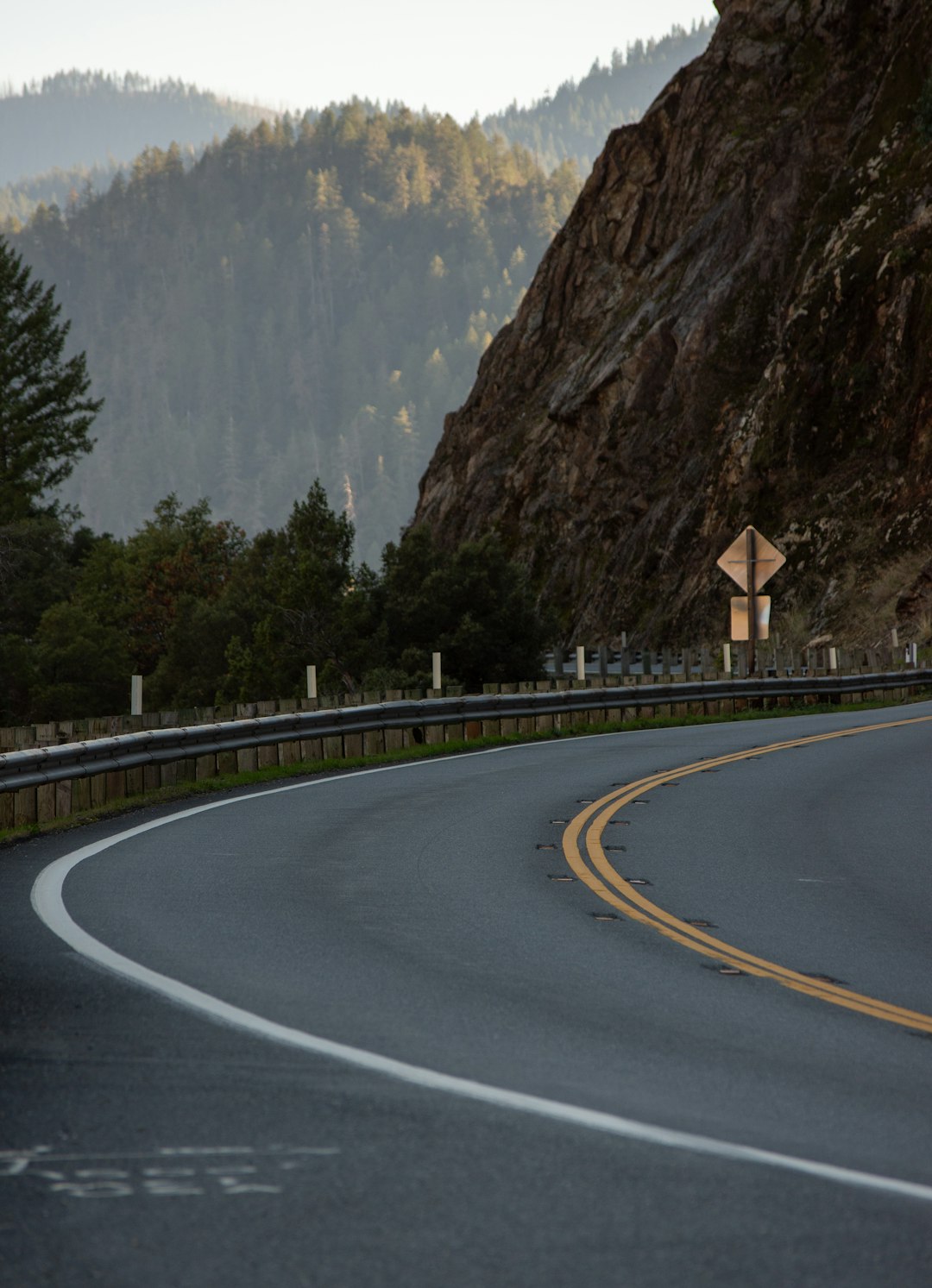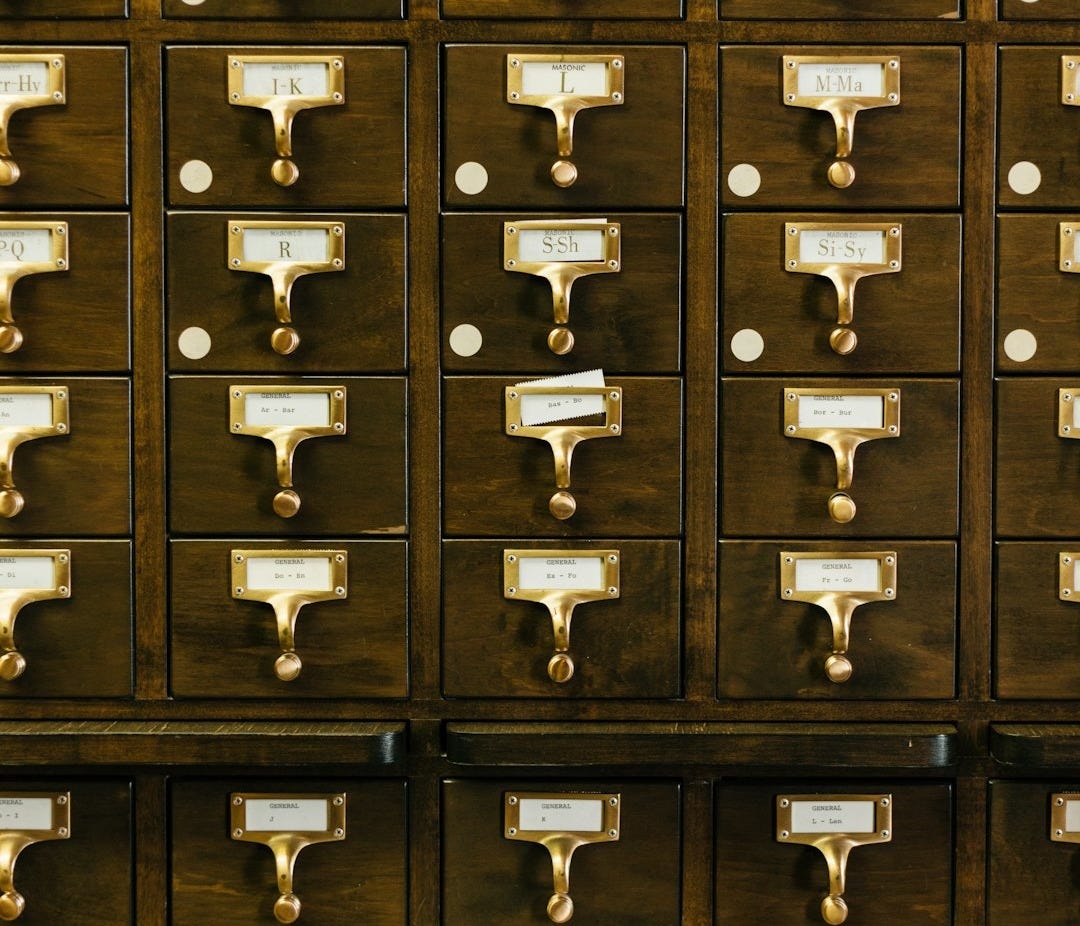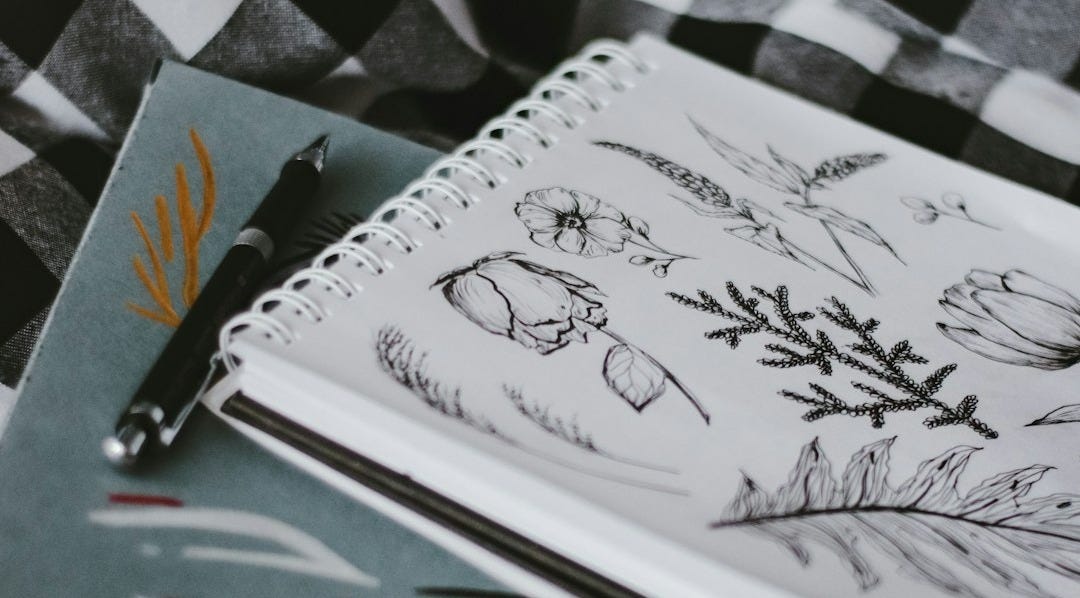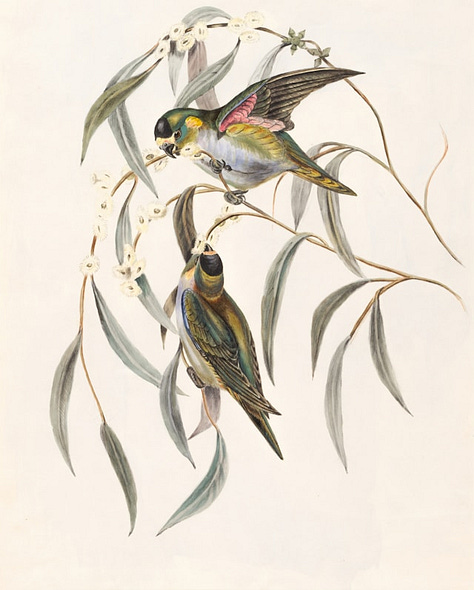Letting curiosity guide your outdoor & nature adventures
It was the sound that inspires fast action from everyone.
The dog was gonna barf…
It was mid-afternoon and I was driving on the highway coming back from a weekend away. My 4 kids were piled in the van with our luggage, food, and our aging dachshund Woofie.
“The dog is coughing weird,” said Scott from the back seat. And then I heard it, the unmistakable sound of a dog about to throw up…
Up ahead the curve leveled out and the shoulder widened enough that I could safely pull off the road. My teenage daughter and I were able to get out and thankfully get Woofie into the grass area before he made a mess.
I held the leash and yelled at the rest of the kids to “stay in the van!” while we stood there giving the dog another minute to gather himself.
Just a few feet in front of us was part of the jagged hill that had been blasted away to make room for the large highway. We looked up at the deep color of the exposed earth and the stubborn weeds growing in crevices.
Mary picked up a few of the raven black chunks of rock from the piles at the base of the cliff towering above us. I didn’t think much of it and we gathered up Woofie and got safely back in the van.

When we got home, she added the rocks to our rock collection near our front porch.
“They look like obsidian from Minecraft,” Mary commented.
I slowed my trip into the house while holding bags of snacks to look closely at the rocks she had gathered.
I sat down my bags and held one of the rocks.
This is when the unexpected Nature Study moment happened.
I noticed that the rock’s edging was sharp and the midnight black coloring was consistent throughout. The shapes were unique from the way they must have blown apart.
The kids gathered around and we compared differences to the other rocks we had collected on hikes or local travels.
At dinner, my husband had some insight to the type of rock and affects of dynamite. We all had a lively discussion about blasting causing fracturing, breaking, and shattering of the rock, not true metamorphic change. How the layers of the earth are built over time. And of course metamorphism and how sandstone becomes quartzite.
You know, normal dinner conversation… 🤓
After years of observing nature and natural details around us, we have fine tuned our skills and gathered lots of details about the southwest.
That evening conversation is an example of how nature study has become a normal part of our days. We have discovered that observing the natural world can be done in a variety of ways that don’t feel confined to a classroom.
This post is for you if detailed charcoal drawings, watercolor, or beautiful sketchbooks make Nature Journaling feel intimidating.
Know someone who loves the outdoors? Share this post and spread the inspiration!
So, if sketch booking is not my thing, what are some other ways to enjoy nature study?
Here are my favorite ways to enjoy nature without using drawing skills:
photography
Honestly this is probably the most common way that our family enjoys nature study and keeps a record of outdoor adventures.
If my husband and young adults are taking the photos they are award worthy. My style is just using my phone camera and capturing what I am noticing.
reminders I use:
- The small things that catch your eye are worth capturing, even if they seem ordinary.
- Don’t stress about perfect conditions; cloudy skies or shadows can add beauty.
- Blur is okay: a wiggly bug or moving branch still tells the story of being there.

collections
This one can get smelly and difficult to keep, but so fun and rewarding!
Over the years we have collected feathers, seashells, smooth stones, snake skin, pieces of bark, lichen, dried flowers, leaves, cacti skeleton, acorns, tree rounds, and more.1
some collecting tips:
- Let it dry out in the sun or breathable containers (like paper bags or cardboard boxes) before keeping it in an airtight container.
- Label your finds with the date and place you discovered them. A simple index card or washi tape label makes the memory last.
- Create a display space: a shadow box, glass jar, or even a dedicated spot.
- Rotate what you keep so you don’t end up with an overwhelming pile.
- Celebrate the odd: The strangest finds often become the most memorable parts of a collection.
Someday I will get an old card catalog to keep all of our nature oddities and collected treasures and they will have labeled drawers. {#futureplans 😉}

tracing
[So this one is kinda cheating… but if it is just for you, and you notate where it is from, it still counts… and since we are tracing it is technically not drawing from scratch.😜]
When my inner perfection monster is really loud this is the way I can still add to my nature sketchbook.
I find a book with hand drawn illustrations that interest me and then I trace them. Sometimes if I am feeling fancy I will use tracing paper and then glue stick that into my sketchbook or I use my phone as a light underneath the page and simply trace the drawing.
I always notate the title and page number as well as my own thoughts about it. It I have a memory with that subject I will add that in a quick paragraph to the side.
books for tracing inspiration:

documentaries
I have always enjoyed nature documentaries and films featuring beautiful outdoor settings. {Anne of Green Gables anyone?? }
By relaxing on my couch I get to visually go so many places I would not be able to visit with my current travel budget or busy schedule.
This is my go-to activity on a sick day. I can still mentally engage even when my body is feeling crappy.
some of my favorites:
- My Octopus Teacher (2020, Netflix) — A filmmaker befriends an octopus in a South African kelp forest.
- Everest (1998, IMAX) — A breathtaking look at climbing Mount Everest, blending human story and natural wonder.
- Planet Earth (2006, BBC) — Groundbreaking series exploring diverse habitats around the world.
- Blue Planet (2001, BBC) — Focused on the oceans and marine life.
- March of the Penguins (2005) — Chronicles the epic journey of emperor penguins in Antarctica.
- and basically anything narrated by David Attenborough… 🏞️

reading the sketchbooks of others
I find so much inspiration in the pages of other people’s nature sketchbooks. Sometimes it’s a book by a naturalist filled with careful notes and drawings, and other times it’s the creative work I stumble upon online.
Seeing how others capture their observations sparks ideas for my own practice. It reminds me there isn’t just one “right” way to do nature study.
resources:
- Beatrix Potter — Beloved for Peter Rabbit, but also kept beautiful illustrated nature notebooks.
- Edith Holden — Known for The Country Diary of an Edwardian Lady, a lovely blend of sketches and observations.
- Karen Andreola — Author of Pocketful of Pinecones, a unique book that blends a heartwarming story with a practical guide to nature study and homeschooling, written in the form of a mother’s diary.
- John Muir Laws — Naturalist and teacher who created The Laws Guide to Nature Drawing and Journaling.

reflection questions:
- What are some ways that you have already been doing nature study but maybe you haven’t given yourself proper credit?
- Which of these nature study ideas do you want to add to your life?
I hope that this inspires you to begin your own nature study in a way that feels approachable.
Let curiosity lead you, and don’t worry about perfection; the goal is simply to notice, wonder, and enjoy the world around you.
.
🍄🟫🌿 Happy Nature Journaling!

.
1 This seems obvious, but I feel like I need to state that it’s important to know the rules for the area you are exploring before you collect anything and bring it home.
.
more posts: